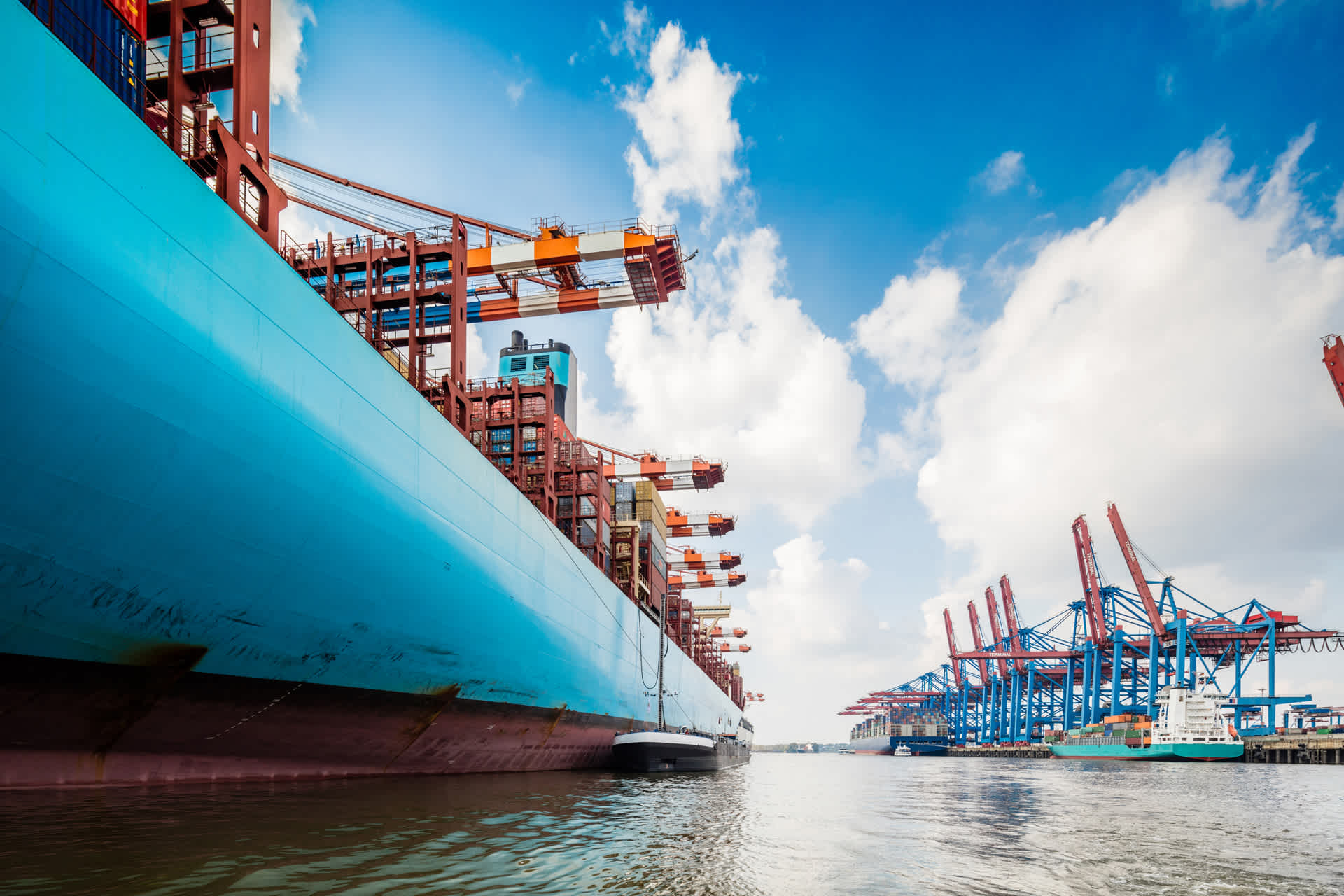Global Logistics Update
Freight Market Update: September 2, 2020
Ocean and air freight rates and trends; customs and trade industry news plus COVID-19 impacts for the week of September 2, 2020.
Freight Market Update: September 2, 2020
Ocean Freight Market Update

Air Freight Market Update

Factory Output News
United States 🇺🇸 factory activity increased to a reading of 56.0 last month from 54.2 in July, the highest level since November 2018, marking three straight months of growth (Reuters)
China 🇨🇳 reopens borders and allows foreign nations from 36 European countries to apply for Visas (China Briefing)
South Korea 🇰🇷 ramps economic stimulus as Covid-19 restrictions bite (Reuters)
Japan and Taiwan 🇯🇵 reopen border for long-term residents from Sept. 8 (Japan Times)
India 🇮🇳 presses ahead with reopening as daily coronavirus caseload surges to record-breaking high (CNN)
Bangladesh 🇧🇩 garment exports rebound from coronavirus crunch (Jakarta Post)
European 🇪🇺 factories brace for economic rebound to falter. As in Asia, European factories continued to cut employment in August (Bloomberg)
German 🇩🇪 factory output continues to grow at fastest rate since February 2018 (Reuters)
Updates from Flexport's Customs & Compliance Team
USTR Extends Exclusions on Section 301 List 4
Section 301 List 4a exclusions were set to expire on September 1st, 2020, but the USTR issued a notice that granted extensions to 87 of the exclusions that have been published thus far. The extended exclusions are now valid until December 31st, 2020.
Bureau of Industry and Security Updates
- The BIS announced they will add 60 entities to the entity list. 24 were added because they helped build the man-made military islands along the South China sea.
- The BIS released a notice requesting comments on the types of technologies that they should try to control. They want to define foundational technologies and how controls could impact development and increase the benefits to end-users. Comments due October 26th.
USDA Proposes New Regulations on Organic Products
The USDA published a new proposed rule that would require certification for nearly every party handing the organic products within the supply chain including foreign parties. There will be defined certification roles "organic importer of record" and "organic exporter" that must be reported in ACE. A certificate or electronic equivalent accompanying the shipment will also be required. Comments are due by October 5th, 2020. The new rule wouldn't go into effect until one full year after a final rule is posted.
Economic Highlights from Flexport Chief Economist Dr. Phil Levy
Worrisome current data from The Conference Board shows its Consumer Confidence Index fell in August for the second month in a row, and came in below its April low, after an early summer rebound.
- Weekly initial unemployment claims were 1.06M.
Older data look better as US personal consumption expenditures rose in July for the third month in a row, up 1.9% over June. From February, PCE was down 4.6%, with services down 9.3% and goods consumption up 6.1%.
- The Dutch World Trade Monitor estimated that world trade volumes in June were 7.6% higher than in May. They were still down 10.1% from a year earlier.
Freight Market News
Shipping Lines Evolve Crisis Response
During the 2008 financial crisis, shipping lines bottomed out rates to their own detriment, whereas, this year, the industry-wide pandemic response has been to cut capacity. As a result, reports the Wall Street Journal, the world’s top dozen carriers are set to profit approximately $11B this year, after Q2 expectations of $5B in losses.
Air Lulls Before Peak Season
Slight airfreight rate dips in some regions are likely temporary, according to American Shipper, as airlines add capacity ahead of smartphone releases and the traditional peak season.
E-Commerce Drives Peak Shift
A quick shift to e-commerce shopping due to COVID may extend periods of high demand for shipping capacity this year. The Journal of Commerce notes uncertainty may influence demand further with some retailers replenishing store inventory to pre-COVID levels, just in case.
Freight Market Update is a free service from Flexport, the modern freight forwarder. If you're not already a subscriber, we invite you to subscribe here.
Please note that the information in our publications is compiled from a variety of sources based on the information we have to date. This information is provided to our community for informational purposes only, and we do not accept any liability or responsibility for reliance on the information contained herein.


